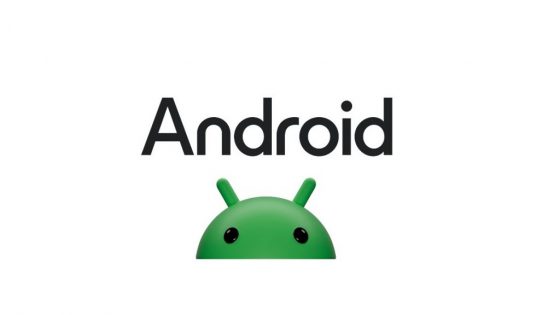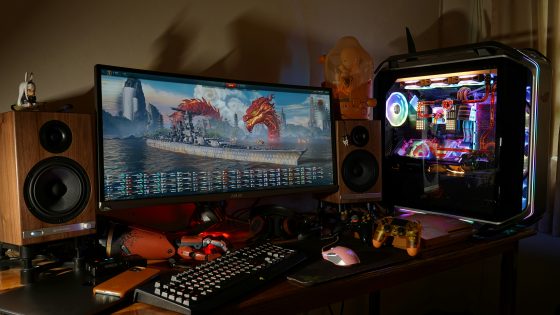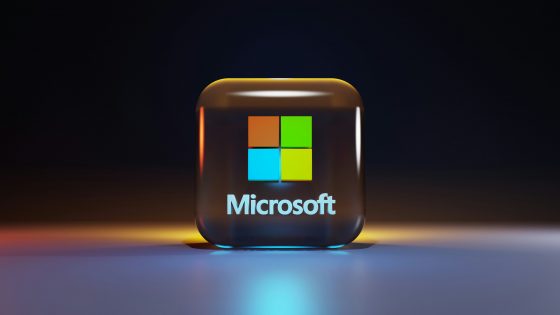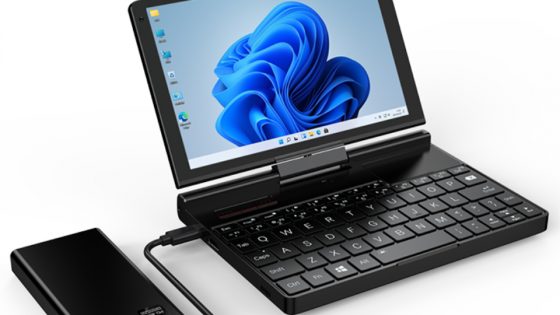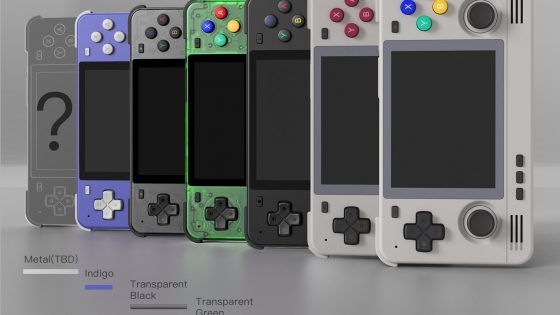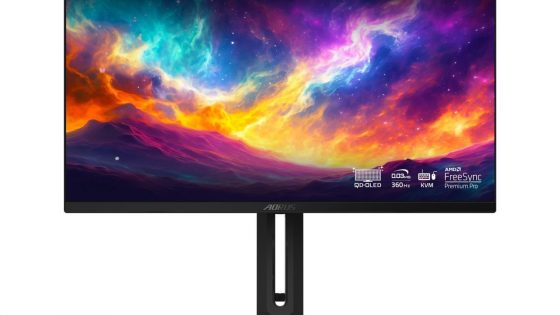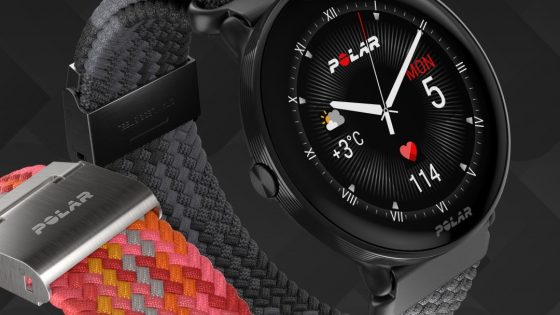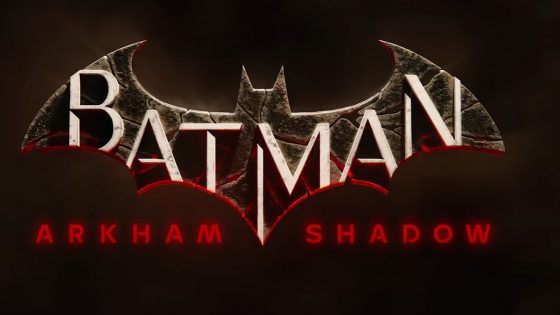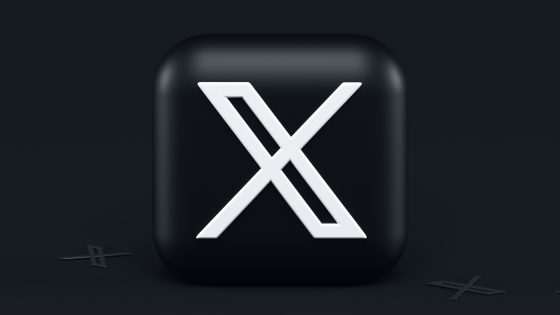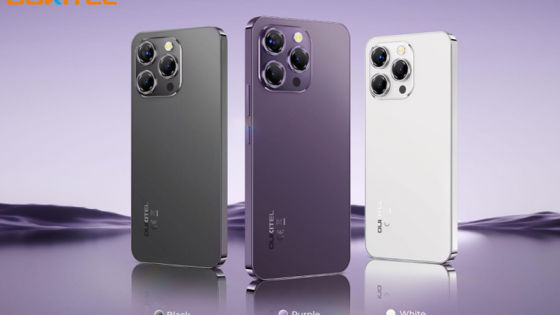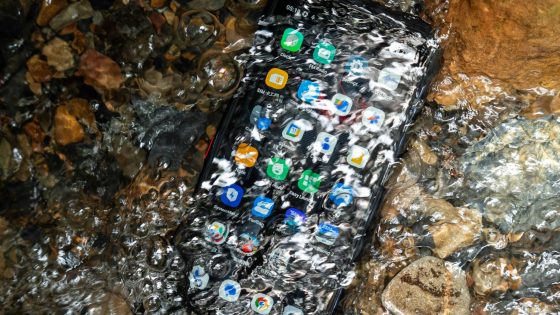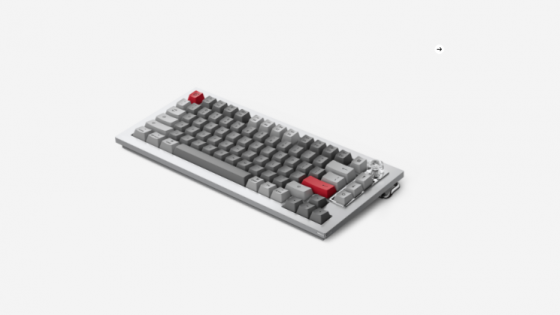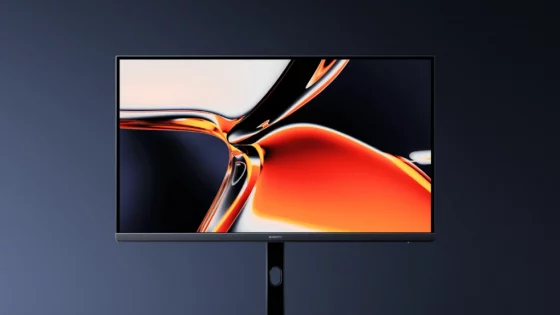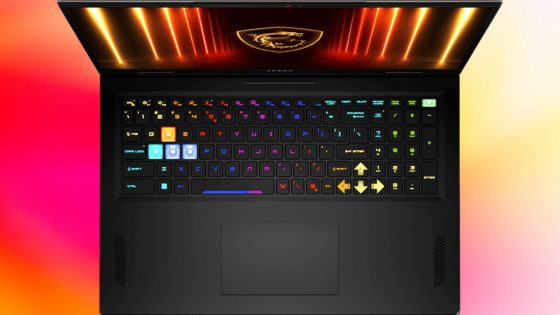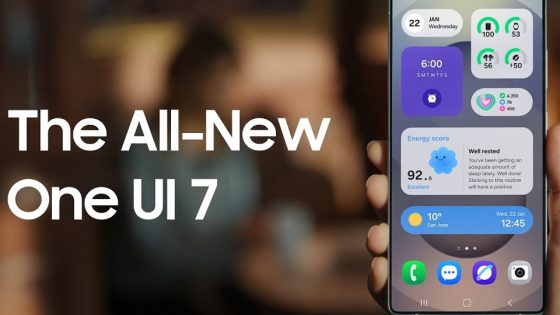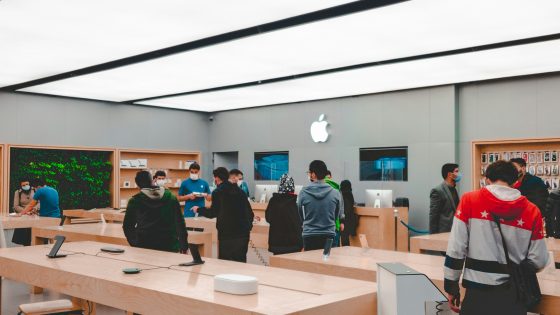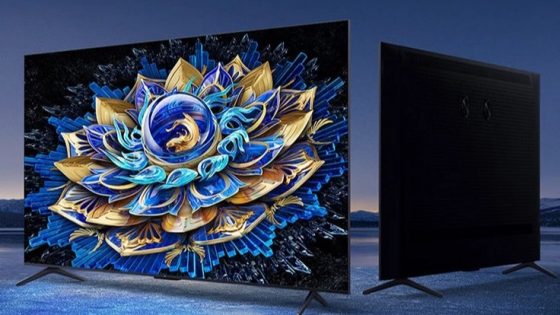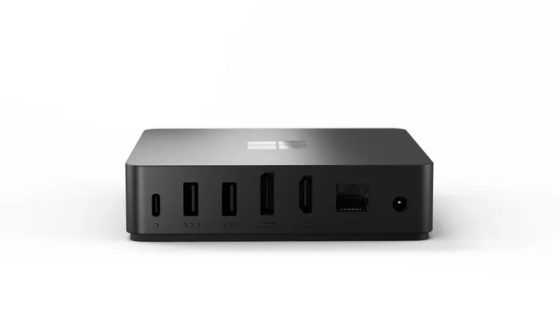What does everyday life look like with a Huawei phone?
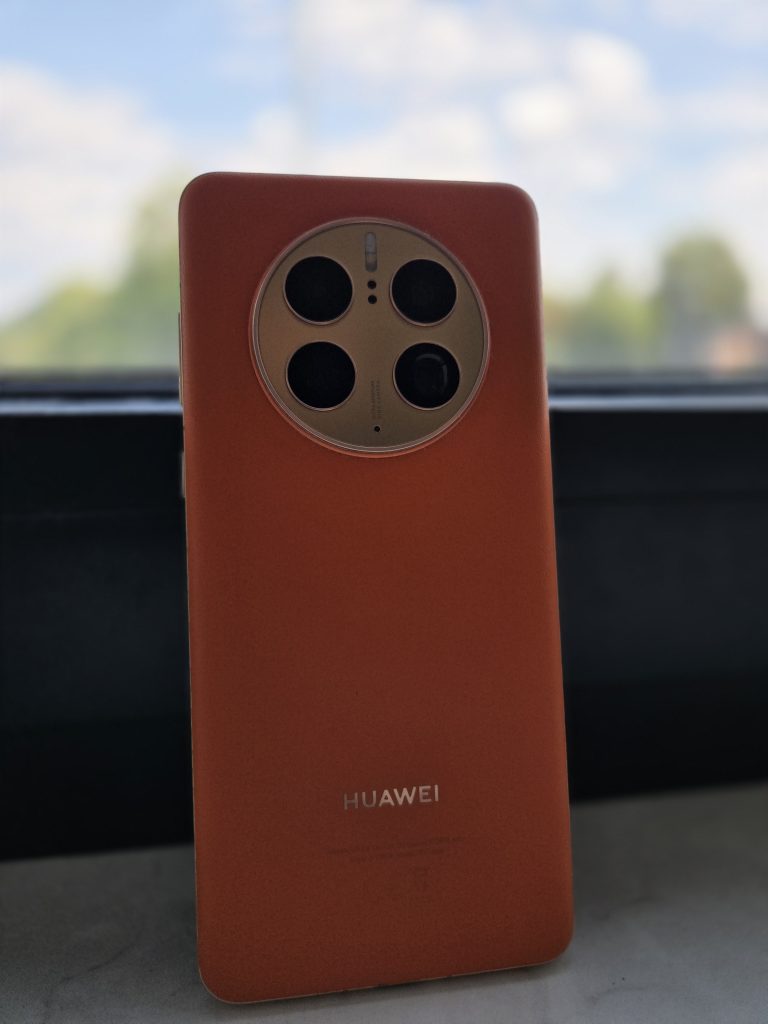
We all know what happened, so I won't bring up the past. It is what it is. A little over a year and a half ago, however, I took on a new challenge and exchanged my classic Android phone (POCO F1), which also had quite a few gray hairs (circuits), for the "non-classic" Huawei Mate 50 Pro. I had the opportunity to test it before, so I didn't go into the challenge blind.
During testing, everyone can easily say that they don't miss Google or that there are certain solutions that still allow us to access Google applications and services. It is different when you then have to access these applications every day or when you want to install a new one and encounter a possible problem that is not present in other Android phones.
Only through such daily interaction can you then form an opinion on whether this is the phone for you or whether it has flaws that you cannot ignore.
And I wanted to reach this turning point with the Huawei Mate 50 Pro.
They are still adorned with mechanical excellence
How many "bottles" does the Huawei Mate 50 Pro have? It has survived a cat bite with no visible consequences, regular drops and what I would describe as moderately rough use. It is dressed in the sleeve I received in the box, so the leather on the back is intact. The camera lenses are scratch-free, one or two micro-scratches are visible on the front screen. This was the first phone with Kunlun protection and in my case it worked.
Even with newer phones, it can be seen that Huawei is not lagging behind in the field of mechanical quality. The phones are perfectly made, but they also dictate trends and even resist some. They were among the first to start with leather backs, they are almost always reworking camera frames and experimenting with new colors. They are sticking with curved screens, even though the two biggest manufacturers are resisting them (Samsung and Apple).
The Huawei Pura 70 Ultra is to me one of the most beautiful phones ever, the P60 Pro mimicked the color of marble, and the new 11 Pro blended into nature with green leather. The Huawei Mate 50 Pro is special because of the orange leather, which makes the phone easily recognizable by everyone.
Well made and recognizable - that's how I would describe Huawei phones.
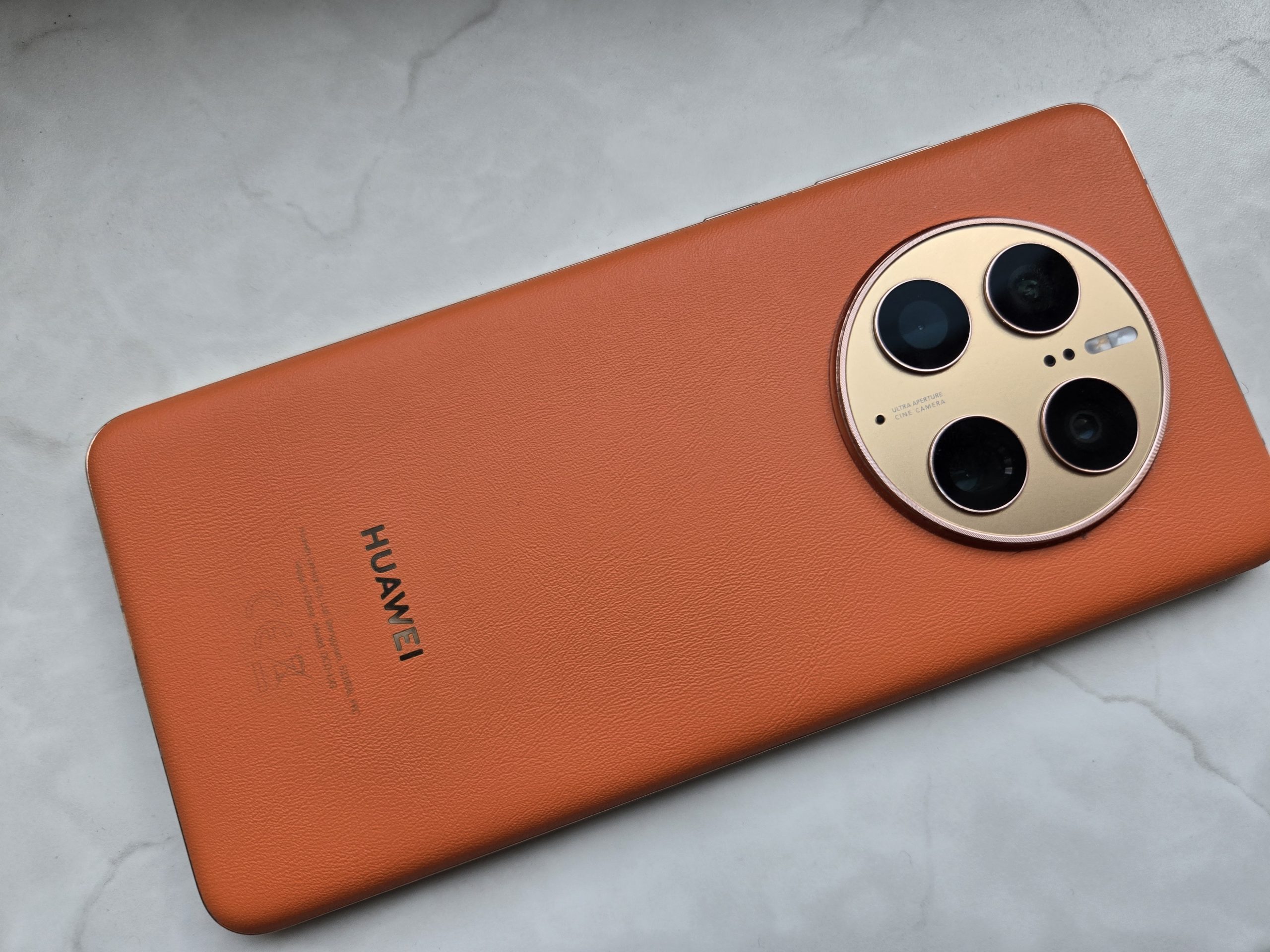
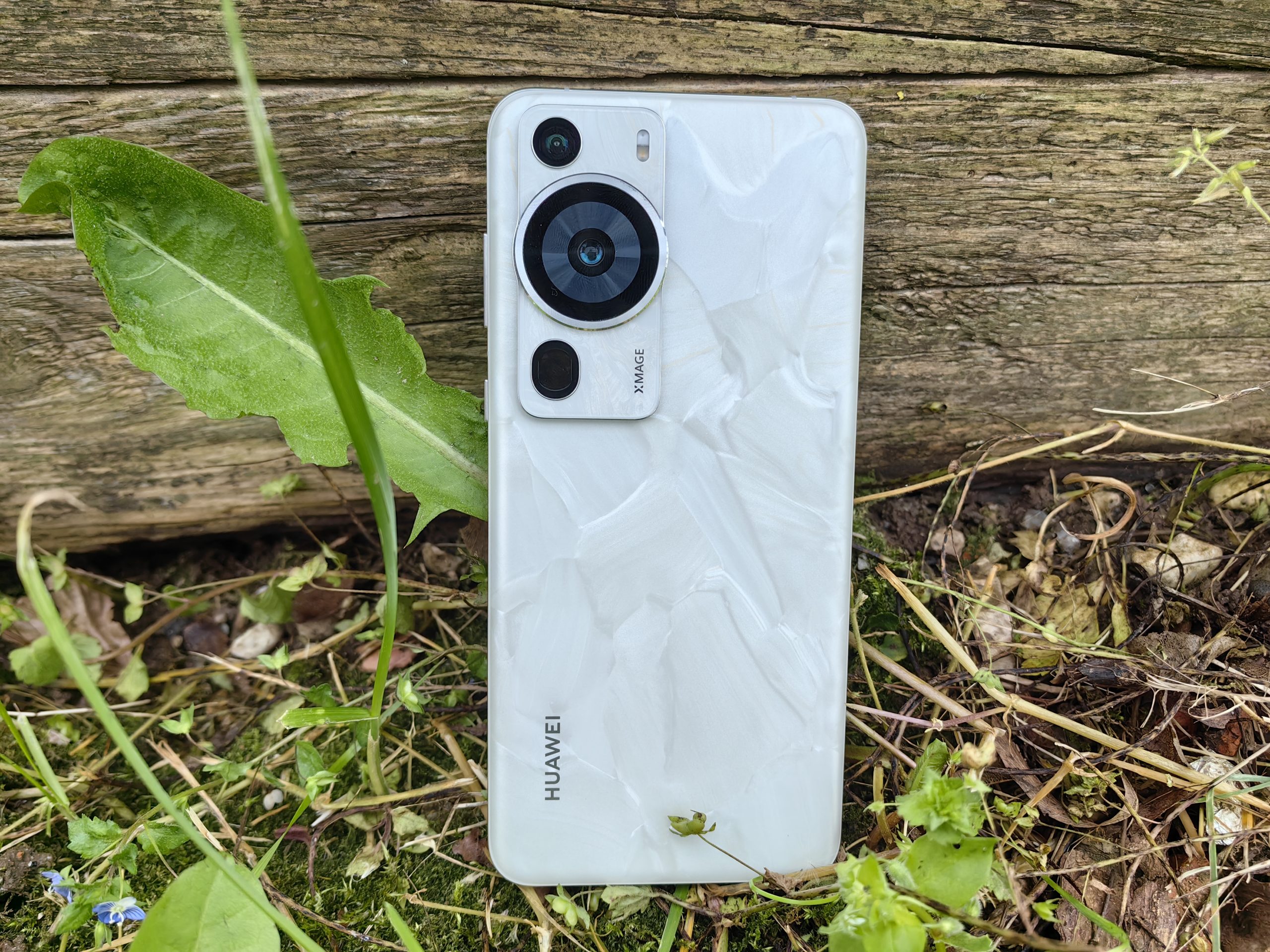
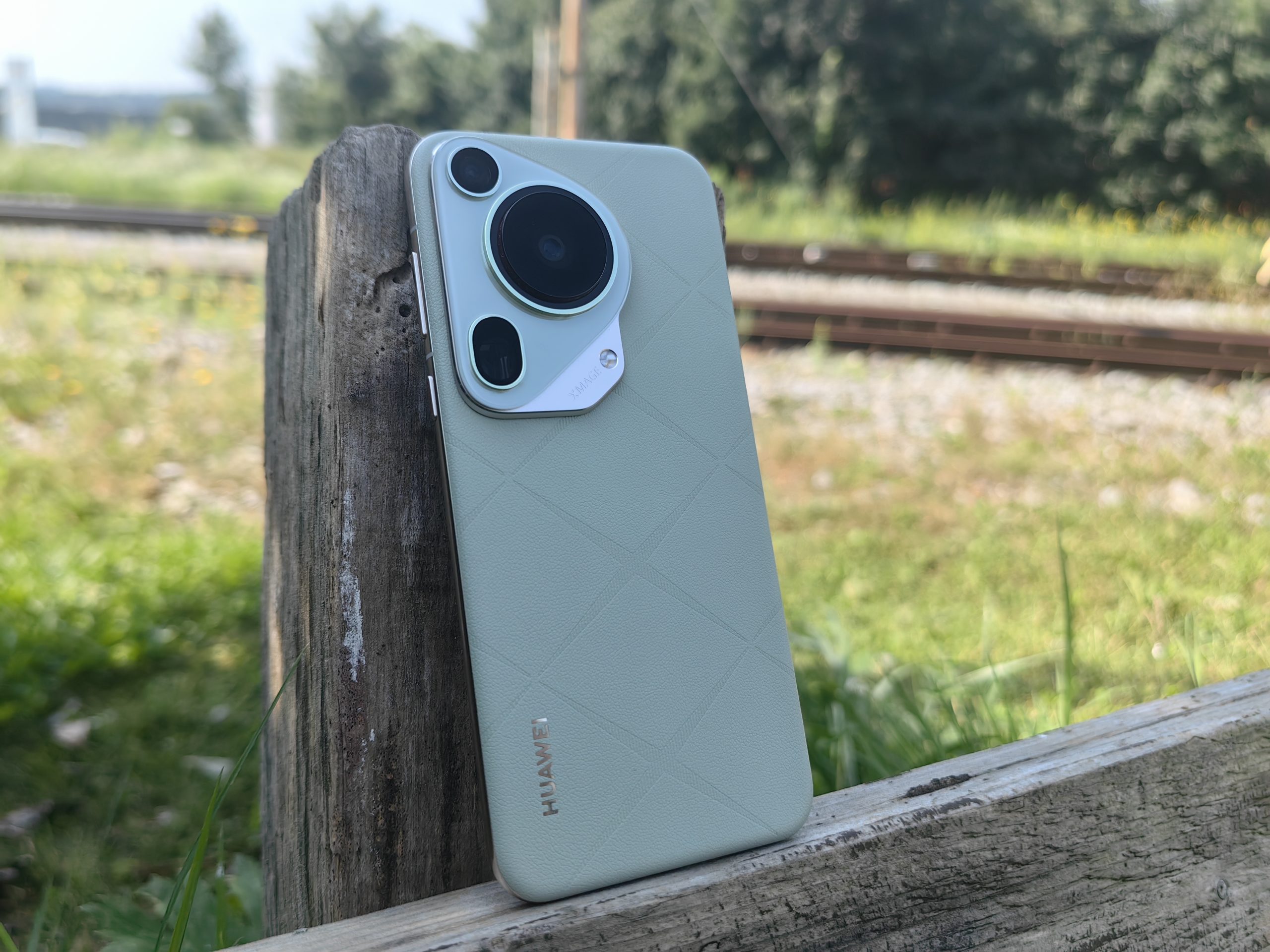
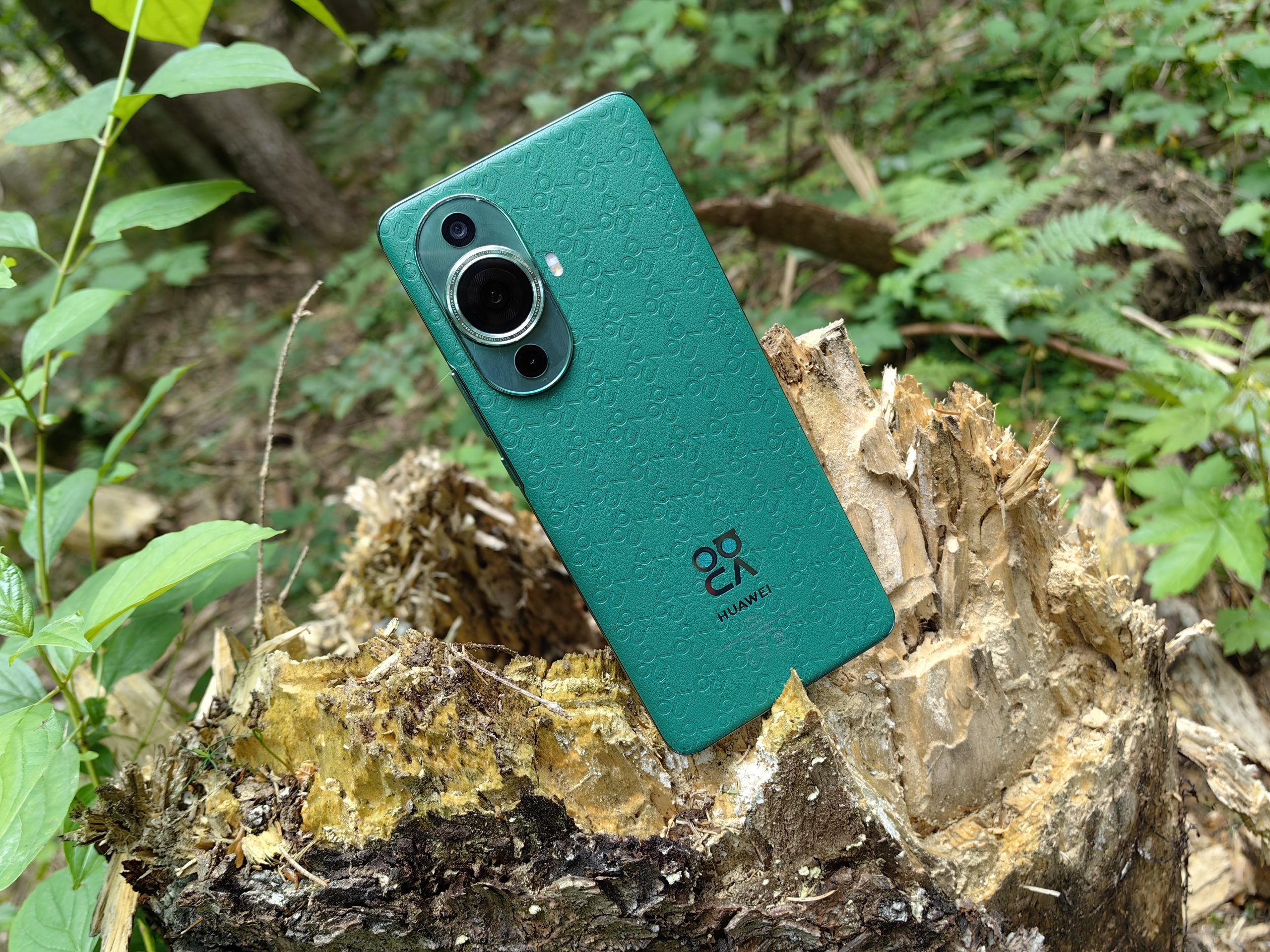
Everything is typical Android, but then you want to meet Google
The first boot, the initial installation of the system, the start is typical of an Android phone, which is not shocking, since EMUI, Huawei's software skin, runs on Android 12 (or 10/11 if you have an older phone). When you get to the home screen/desktop, you have all the classic apps for call, messages, gallery, files and so on. Nothing unusual. The layout is different from what you are used to from Samsung, Xiaomi, Honor... but you get used to it over time, just like with any new phone.
It's not the prettiest system on the market, there aren't many personalization options either, so I resorted to a dedicated launcher that allows me to do all that. The same can basically be said for almost all the systems of the biggest manufacturers. As an exception, I would mark Samsung's One UI, and this only in connection with the GoodLock application, which enables deeper customization of Samsung phones.
What confuses you and what is not present on other phones of this class are the applications that the phone suggests to you. Let's say it just advertises even though the apps are not installed. You can remove them manually, which will take a few minutes.
Then you go to the settings, where again the image is similar to other Android skins (One UI, MagicOS, HyperOS...). The graphics are slightly different, as is the classification and some of the names of the functions, which is to be expected, as this is how manufacturers distinguish their systems from others.
The best feature for me is without a doubt Wireless projection, which works similarly to Samsung's Dex feature. You can use it to project the image of your phone onto an external screen and use it as a computer. I mostly use it for playing games and watching movies/series, and rarely for work, although it is also intended for that.
Then you turn to the Google store to install Messenger, EON, the bank and other popular applications. Of course, you can't find it because the Americans removed it from Huawei phones. And here it breaks down for many. Because we're used to everything being simple on phones, many people don't want to deal with detours that could otherwise get them to everything they want, but that's just one step too far.
The Huawei AppGallery store is well stocked in certain categories, less so elsewhere. For example, it has all Slovenian banks and operator applications (T-2, EON, NEO...), which are two very important categories, especially the bank. If the mobile bank didn't work, it would also mean goodbye for me. It crashes with some games (Genshin Impact, Marvel Strike Force, Galaxy of Heroes...) that fans can't find in Huawei's store. I only listed a few, but there are quite a few missing.
You can find them in the Petal application, which can search third-party stores (APKPure, APKMirror...). We call this "sideloading" and you'd be surprised how many people never stray away from the Google Store.
You can find Chrome, Google Photos, Maps and similar applications in the Huawei store or through the Petal function, but without the help of third-party applications (microG, GSpace...) you could not use a Google account to log in until now.
With the introduction of the new version of EMUI 14, this has changed.
Huawei will start counting the time "before microG and after microG".
If you have a Huawei phone with EMUI 13 or earlier, you will need to install microG from third-party sources (such as GitHub). With the new EMUI 14, this is done for you the first time you install one of Google's apps. The difference is not only in the installation method. EMUI 14 installs the microG library at the system level, but on older systems it's just another app. It is known for some microG features, such as device signature masking, which affects how the phone works with Google apps.
For a deeper explanation, read the Huawei Pura 70 Pro phone test.
Quick summary: microG allows us to sign in to Google apps with existing Google accounts. For example, you can sync data in Chrome, Maps and elsewhere. Android Auto also works, although sometimes it decides it needs a rest. Google Wallet does not work, even the microG developers advise us not to use their library for enabling payments. Or you can add your cards to Huawei wallet, nothing is lost here.
Instead of Google Store, you can install Aurora Store, which is a good substitute and trustworthy.
Payment in mobile games is still impossible, however, unless the game has a store separate from Google, which I think will happen more and more in the coming years. If you are logged into the game with a Google account, which is common practice, you will not be able to log in on a Huawei phone in most cases even with microG. You will have to use one of the virtual environments, GBox or GSpace, which are quite big battery consumers.
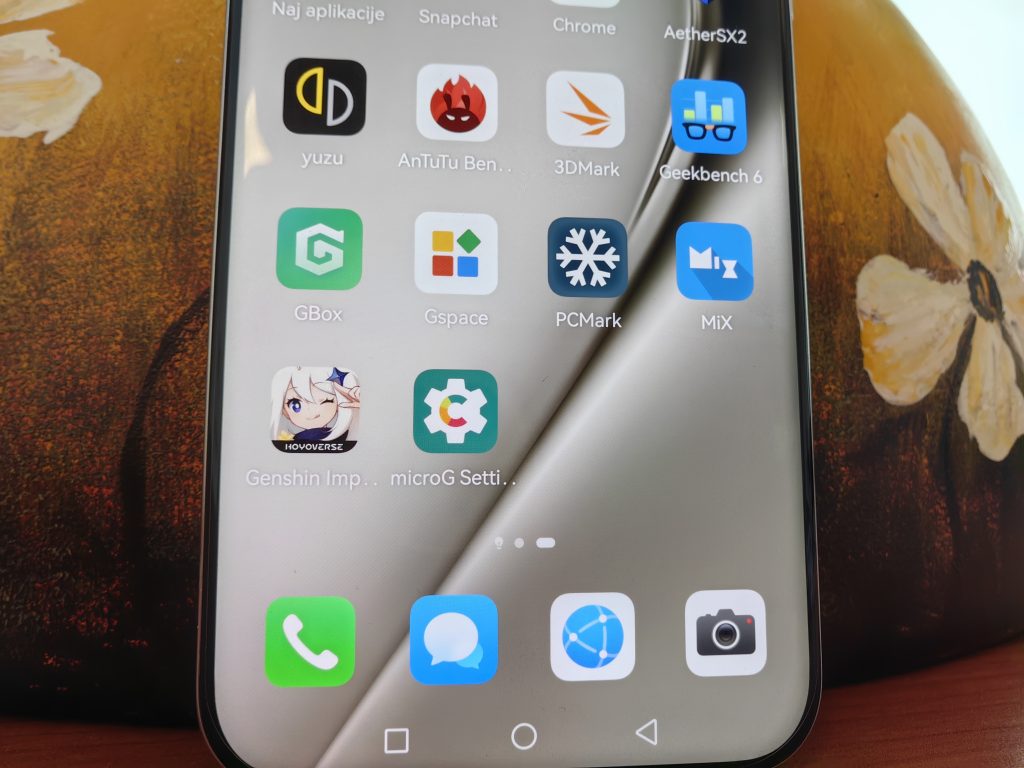
Is it as challenging as it sounds?
It sounds complicated, but it really isn't, especially with the new EMUI 14 system that does most of the work itself. You install the Google app you want to use, sign in with your Google account, and use it as you're used to. A lot of people won't even get to the complications I mentioned because they don't care about games or they don't use some obscure apps.
With older EMUI versions, the process is more manual, but I see more problems. It's a shame that Huawei won't offer the new system to older devices (Huawei nova 10, P40...). Admittedly, support is the area where Huawei falters the most. Security patches come every month, and since I've been using the Huawei Mate 50 Pro, I've only gotten one OS upgrade, and that's running on Android 12, while the others are getting ready for the fifteenth generation.
For now, that doesn't mean anything because the apps are compatible with much older Android systems as well, and eventually Huawei phones would be exempt from getting new features. The age of artificial intelligence is here and, like it or not, all future phones will be equipped with new AI features. With the exception of Huawei, which may not use American technology. But they can surprise us and come up with their own, but then again the question is whether they will be allowed outside the Chinese market.
Do you even need Google?
I found out very quickly that neither. Maybe my case is unique, but it seems to me that with a little effort, everyone would come to a very similar conclusion. I use Chrome and Firefox for web browsing, Messenger doesn't need Google, neither does WhatsApp and Viber. I don't use Google cloud services (Photos, Drive...) because 512 GB of internal space is enough for me. In the beginning, I used Huawei Petal Maps and I find them to be a very decent alternative to Google Maps. I kind of alternate between the two now.
You can use YouTube without a Google account, but you can sign in with microG. As already mentioned, you can get the bank in the Huawei store.
For me, Google is only a small part of my daily use and it is not missing. In your case, however, the picture may be just the opposite.
With EMUI 14, this question doesn't even need an answer, because Google apps work almost without problems. But it's true that you can't get them in the official Google store. With the older EMUI, however, there are more manual steps, which can be a problem for users who don't have the will or knowledge.
And this is the point where we have to clarify that Huawei phones are no longer for everyone. Although I find installing "faux" Google libraries using microG or Gspace to be normal, even everyday, for the average user it can be redundant.

The Huawei train is moving forward
No one can dispute the mechanical excellence of Huawei phones. The Huawei Mate 50 Pro is now two years old, but it can still compete with the best. The screen is great, the cameras are even better, and the Snapdragon 8+ Gen 1 still has more than enough power to run any game, even on emulators.
The latest Huawei Pura 70 Ultra is a photographic master, even the Pro version can easily compete with the best.
Snapdragon chips were replaced this year with Kirin chips, which cannot compete in terms of numbers, but are still powerful enough for the 90 % tasks that we do on the phone. They recently opened a new chip factory in Shanghai. If it was not clear before that they are serious about their own chips, now there is no doubt.
A new HarmonyOS NEXT operating system is also being prepared, which should represent a complete separation from Android. It is entirely possible that this system will never make it to the western market. If it does come, I'm worried about how a non-Android phone will fare in Androidland.
I have come to the conclusion that Huawei has not yet said the last word with me. I am satisfied with the Huawei Mate 50 Pro, which has faithfully stood by my side for a year and a half and shows no signs of slowing down.
If, while reading, you were able to create a picture of what Huawei phones are like in 2024, then the article has achieved its purpose. They are not for everyone, and we shouldn't blame anyone if they are looking for a phone that simply works, without looking for additional solutions and with which you don't have to wonder what will happen in the future.
The one who can overcome these obstacles will get a great phone.



